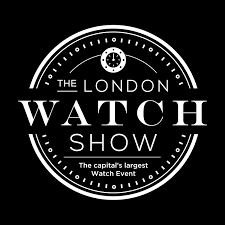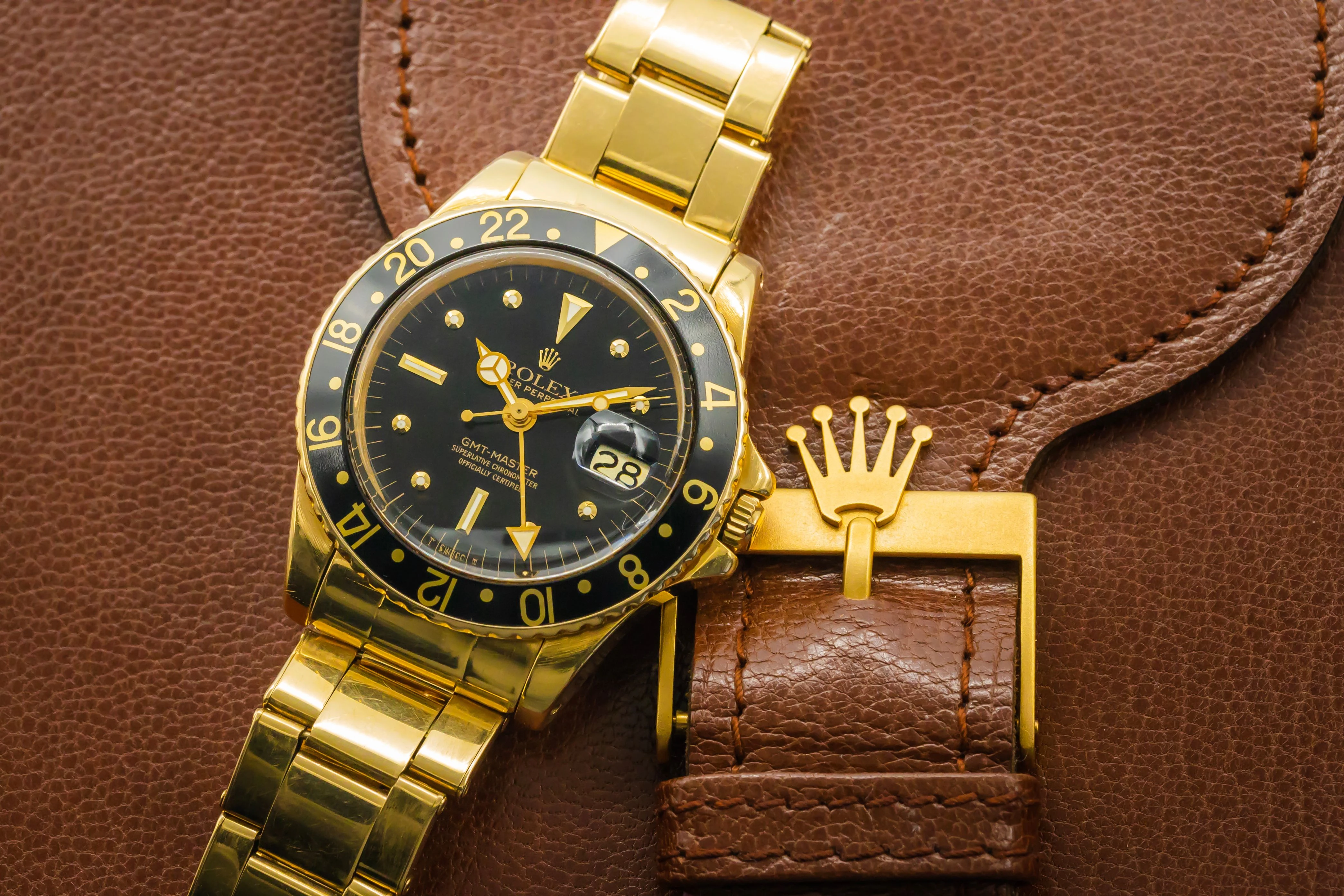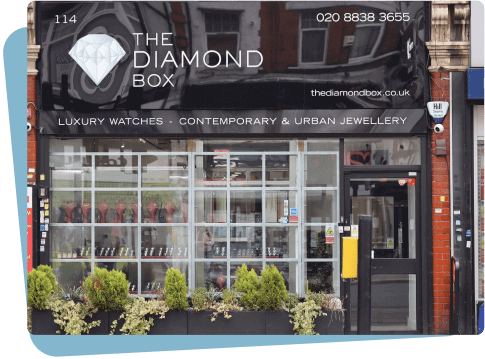




We tend to think of real estate as the gold standard for building wealth. Bricks, land, and the slow churn of appreciation—safe, predictable, and tangible. But what if the most resilient assets aren’t measured in square feet, but in millimeters?
Rolex watches, especially certain reference models, have quietly rewritten the rules of alternative investing. Their value trajectory isn’t just impressive—it’s reshaping how we define “safe haven” assets.
Let’s start with the data. Over the past 15 years, Rolex prices have soared by more than 550%, with the average transaction value jumping from $2,000 to $13,426. That’s an annual appreciation rate north of 7.5%—outpacing not just gold, but also the steady climb of property markets (source).
Zoom in on pre-owned Rolexes, and the numbers get even sharper. Annualized returns hit 13.1% per year over the last decade. For context, European real estate managed just 3.3% annually, and gold matched that pace. Stocks in the Europe50 index? Only 4.4% (source).
In some markets, the contrast is even starker. South African house prices barely nudged up 4.8% from 2019 to 2024. Factor in inflation, and property values actually shrank by 0.59% per year. Meanwhile, Rolex resale values climbed from 87.5% to 104.9% of retail price in just three years (source).
Not every Rolex is created equal. Some references have become icons—both for their design and their market performance.
The GMT-Master II stands out, leading all collections with a staggering 506% appreciation since 2010. Average resale values now hover around $20,595. The Submariner 116610? Up 329%. Vintage GMTs, like the 16700, have quietly compounded at 254% over the past decade-plus (source).
Then there’s the Daytona. Paul Newman’s personal Daytona fetched $17.75 million at auction—a record that sent shockwaves through the watch world. The “Paul Newman effect” has lifted all vintage Daytona values, with current references averaging $250,000, up 55% since 2018. Even modern Daytonas with ceramic bezels routinely trade 20-40% above retail (source).
What’s driving this surge? Three forces: scarcity, status, and liquidity.
Scarcity is engineered. Rolex controls supply with surgical precision, ensuring demand always outstrips availability. Status is cultural—these watches are more than timekeepers; they’re signals of taste, achievement, and belonging. And liquidity is real. Unlike property, a sought-after Rolex can be sold in days, not months.
Even during market corrections, the Submariner proved resilient, dipping just 8% from its 2022 peak. That’s the kind of stability most landlords can only dream of (source).
Luxury watches, as a category, have appreciated 147% over the last decade—outpacing fine art, vintage cars, and rare coins. Watches held for 7-10 years typically show compounded annual growth rates of 8-12% (source).
The implication is clear: select Rolex references aren’t just keeping pace with traditional assets—they’re redefining what it means to invest in value.
So as we break down the ten most significant Rolex models in detail, the question isn’t whether watches can rival real estate. It’s whether the next wave of investors will recognize the power of a well-chosen timepiece—and how that might reshape the future of wealth itself.
Visit us in store for great service and to see our amazing collection.
114 Ballards Lane, Finchley, London N3 2DN 020 8838 3655
